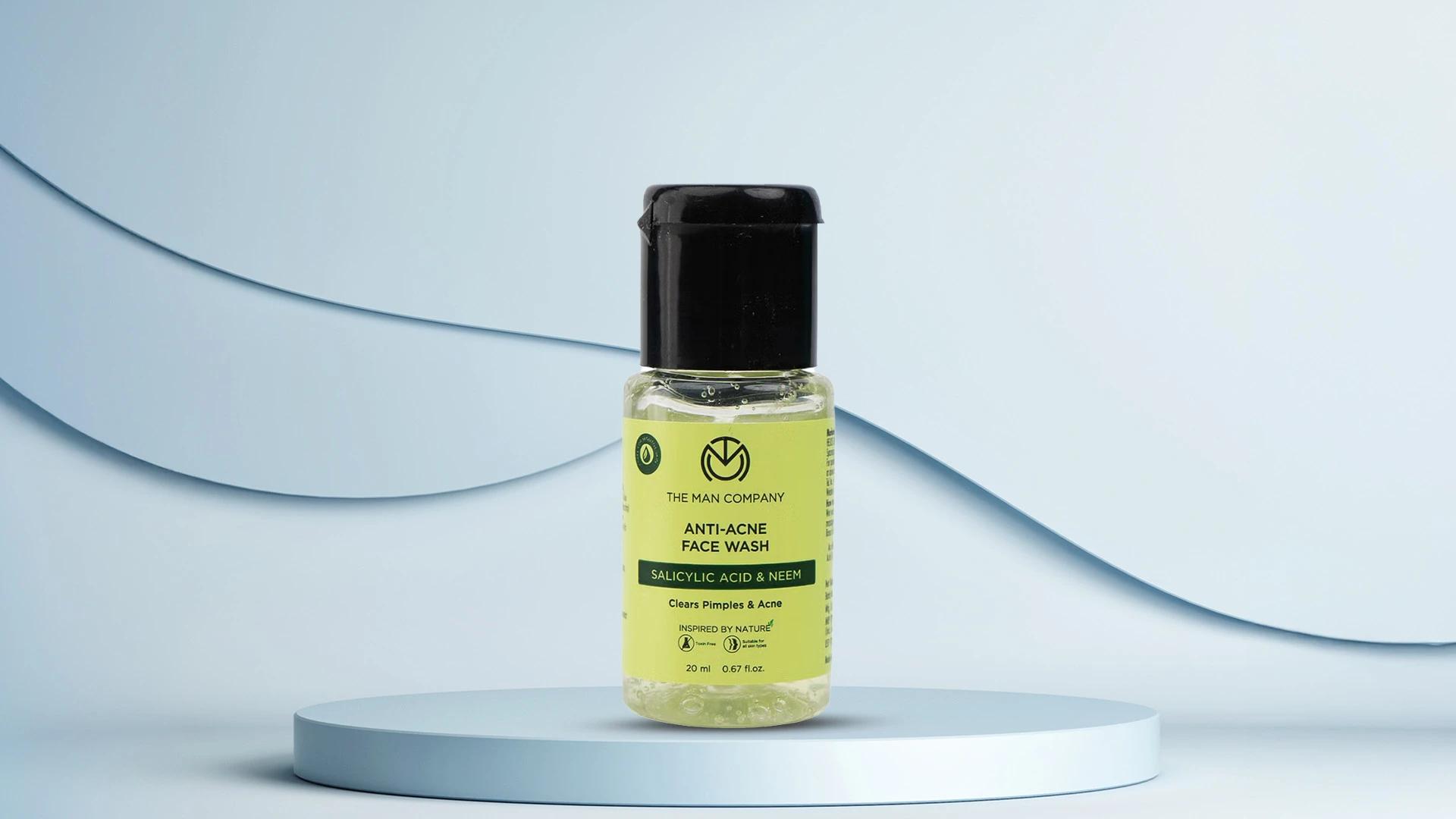Night-time is generally your best bet for salicylic acid cream. Your skin repairs itself whilst you sleep, making it the perfect time for this skin resurfacing ingredient to work its magic. If you prefer morning application, never skip sunscreen—salicylic acid can make your skin more sensitive to UV rays.
Frequency of Use
Start with 2-3 times per week and gradually increase as your skin adjusts. Some people can eventually use it daily, whilst others find every other night works best. Pay attention to how your skin feels and looks—dryness, excessive peeling, or irritation are signs to dial it back.
Combining with Other Skincare Products
Avoid using vitamin C, retinol, or other exfoliating acids at the same time as salicylic acid. Layer a gentle moisturiser over the cream once it's absorbed, especially if you have dry or sensitive skin. Hyaluronic acid serums work beautifully with salicylic acid for added hydration without heaviness.
Maximising the Benefits of Salicylic Acid Cream
Want to get the most bang for your buck from your salicylic acid routine? These tips will help you supercharge your results whilst keeping your skin happy and healthy. Think of these as the secret sauce that takes your blemish control game from good to absolutely brilliant.
Exfoliation Techniques
Since salicylic acid is doing the chemical exfoliation work, skip the physical scrubs on treatment days. Over-exfoliating is real and can leave your skin barrier compromised. If you must exfoliate physically, do it on your off days and keep it gentle—a soft cloth or konjac sponge is plenty.
Hydration and Moisturising
Keeping your skin hydrated is crucial when using any exfoliating skincare product. Look for lightweight, non-comedogenic moisturisers that won't clog pores. Ingredients like ceramides, niacinamide, and hyaluronic acid are your friends here—they help maintain your skin barrier whilst the salicylic acid does its clearing work.
Sun Protection
This cannot be stressed enough—sunscreen is non-negotiable when using salicylic acid. Your skin becomes more photosensitive, meaning it's more prone to sun damage and hyperpigmentation. Choose a
broad-spectrum SPF 30 or higher and reapply throughout the day, especially if you're spending time outdoors.
Managing Potential Side Effects
Let's be real—even the gentlest acids can sometimes cause issues, especially when you're first starting out. Knowing what to expect and how to handle any hiccups will keep you on track towards clearer skin. Most side effects are temporary and manageable with the right approach.
Common Side Effects


 15 gm
15 gm 30 ml
30 ml 24 Patches
24 Patches 100 ml
100 ml